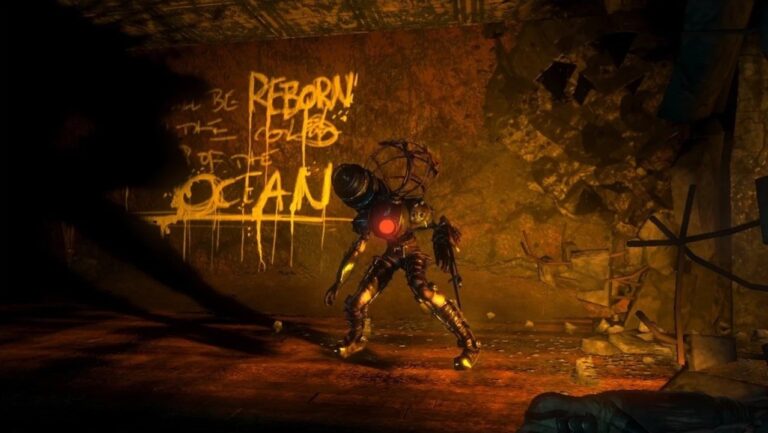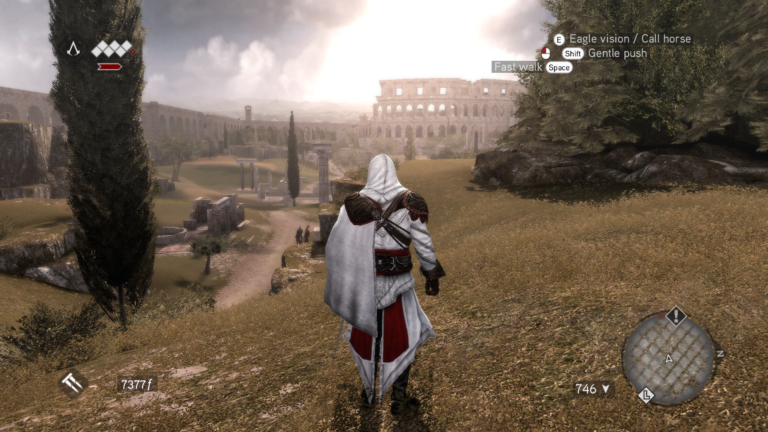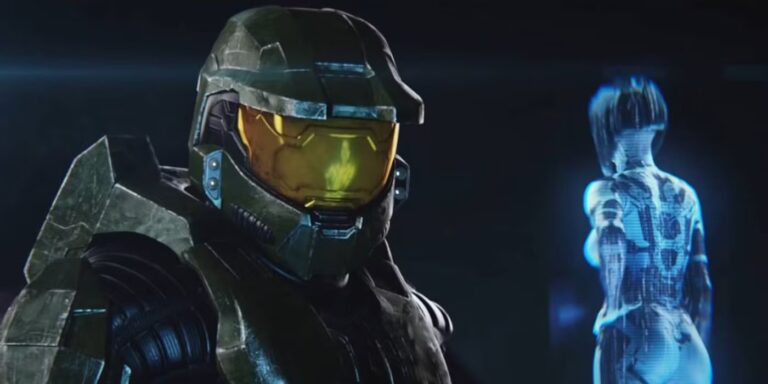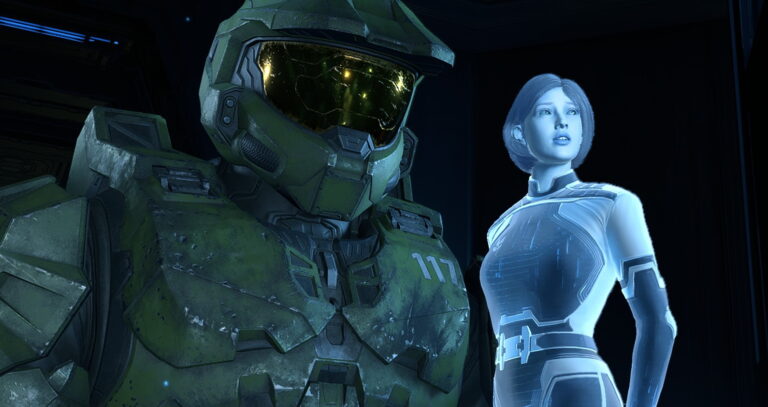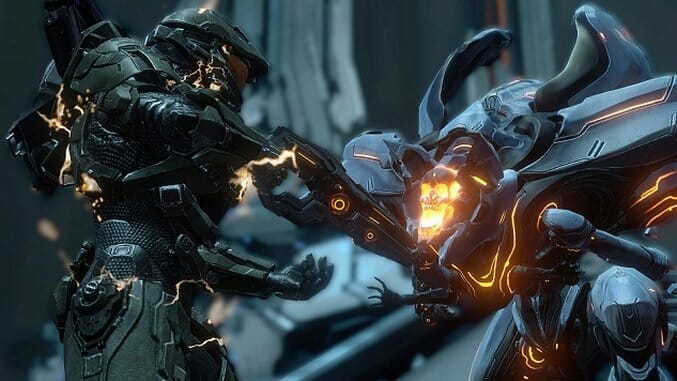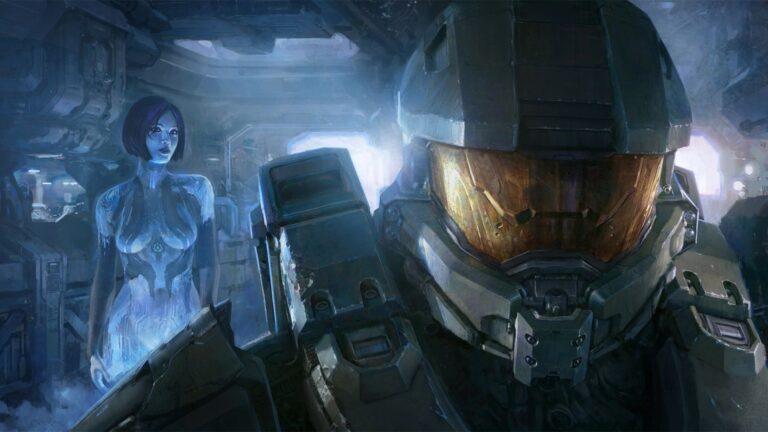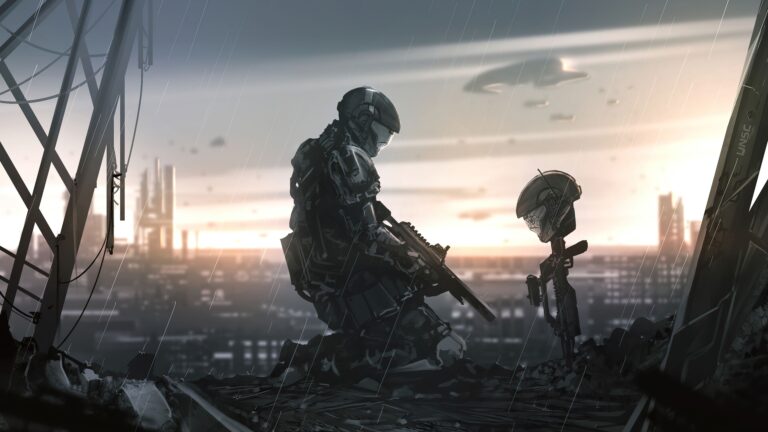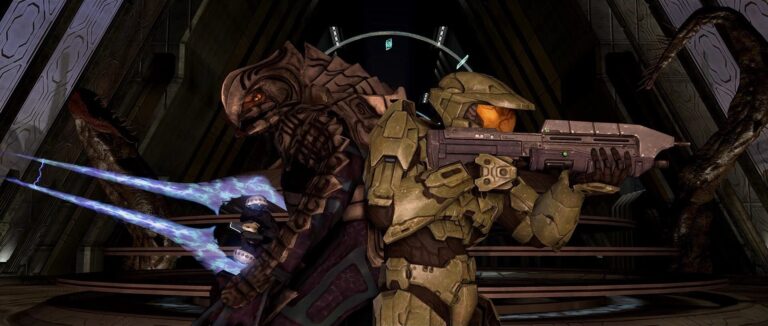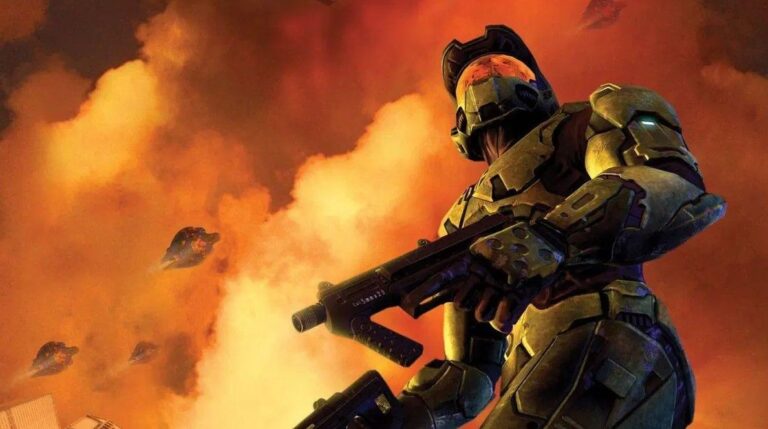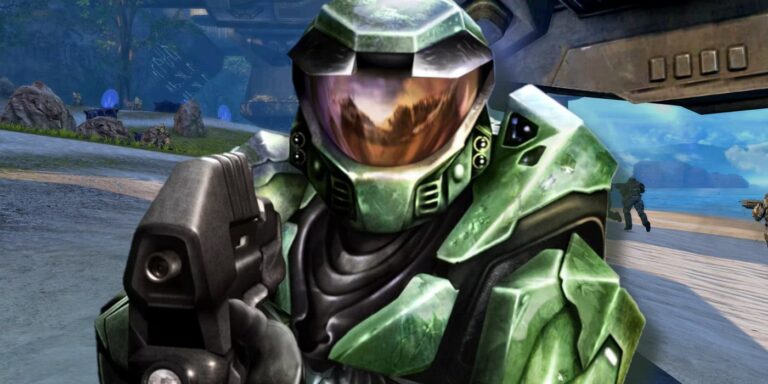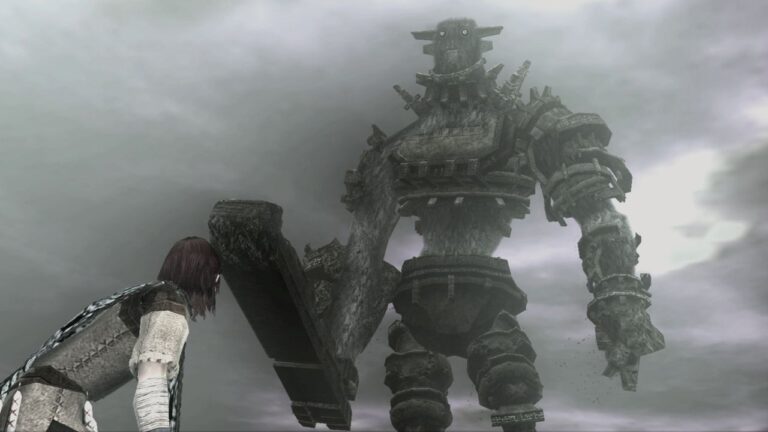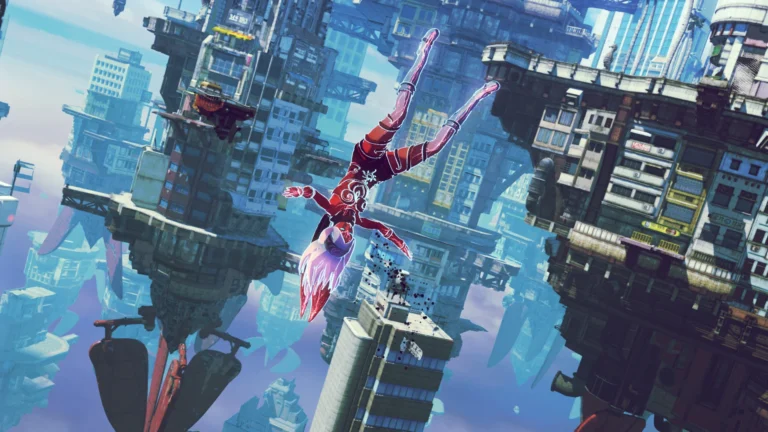I recently replayed Bioshock and, having now familiarized myself with Ayn Rand and her ideology, it made...
video games
While writing my recent Love/Hate posts about the Halo franchise, I was stunned when I realized the...
And with that, we have completed another Love/Hate series here on IC2S! I’m so glad that I...
Welcome back to the Halo love/hate series! In this entry we’ll be going over the most recent...
Welcome back to the Halo love/hate series! In this entry we’ll be going over Halo 5: Guardians....
Welcome back to the Halo love/hate series! In this entry we’ll be going over Halo 4, the...
Welcome back to the Halo love/hate series! In this entry we’ll be going over the final Bungie-developed...
Welcome back to the Halo love/hate series! In this entry we’ll be going over our first spin-off...
Welcome back to the Halo love/hate series! In this entry we’ll be going over the series’ third...
Welcome back to the Halo love/hate series! In this entry we’ll be going over the series’ second...
Surprise! It’s time for a new love/hate series! As you can probably tell, we’re going to be...
So, since I went through my top 100 games of all-time, I thought it might be interesting...
25. Star Wars: Knights of the Old Republic (2003, PC) Knights of the Old Republic has some...
50. Demolition Racer (1999, PS1) A childhood classic, Demolition Racer is what it sounds like: combine demolition...
